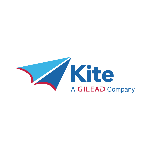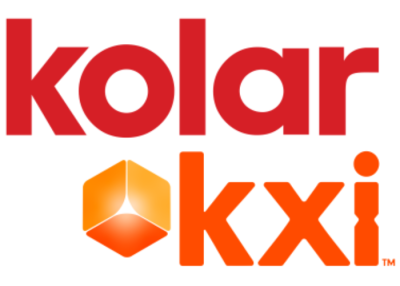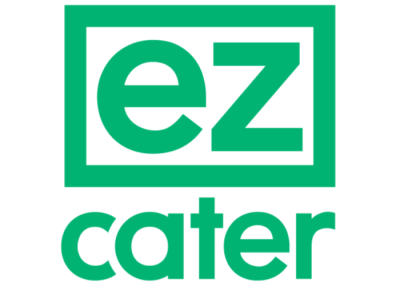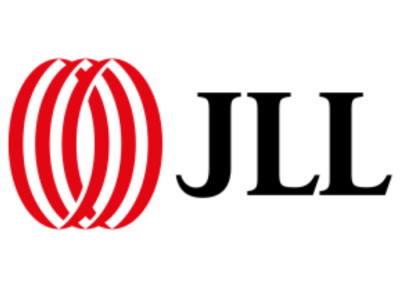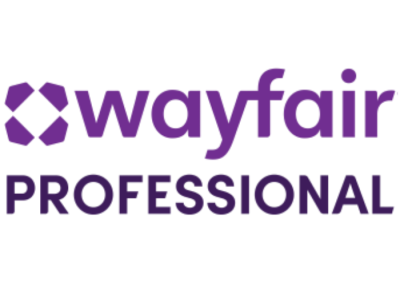Main Day One - Tuesday, February 24, 2026
Main Stage
8:00 am - 9:00 am
Breakfast and Registration
9:00 am - 9:30 am
Opening Remarks & Ice Breaker
9:30 am - 10:10 am
Opening Keynote - From Cost Center to Value Creator: Redefining the Workplace
Mauricio Toledo -
Global Head of Workplace Experience,
Warner Music Group
10:15 am - 10:55 am
Panel: The Great Disconnect – Unify C-Suite Expectation with Practical Implementation
Hannah Hosanna -
Facility Operations Planning Specialist,
Kite, a Gilead Company
Nelson Pena - Director of Facilities Management, Brookshire Grocery Company
John Turner - Executive Director of Facilities Management and Operations, UT Health San Antonio
A clear vision from the top is essential—but when strategic mandates reach the operational level, translation gaps can stall progress. This panel explores how to close the disconnect between executive expectations and on-the-ground execution. Hear from leaders who are successfully aligning vision with reality, navigating competing priorities, resource constraints, and cultural resistance to deliver meaningful results across the workplace.
Examine real-world examples of translating broad executive goals into clear, executable plans
Learn how to manage cross-functional alignment, communication, and accountability from strategy to implementation
Explore tactics to anticipate and overcome barriers that often derail transformation efforts

John Turner
Executive Director of Facilities Management and OperationsUT Health San Antonio
10:55 am - 11:00 am
5min Transition
11:30 am - 12:00 pm
Networking Break
Interactive Discussion Groups
Delegates will be sorted into groups of 10-15 to take part in interactive discussion groups, a form of interactive round tables, to laser in on some of the topics below. Delegates will have the opportunity to select three topics and will rotate between their choices in 30-minute intervals. Interactive discussion groups will be kept small to ensure all participants get the opportunity to ask questions and share their experiences.
Delegates will be sorted into groups of 10-15 to take part in interactive discussion groups, a form of interactive round tables, to laser in on some of the topics below. Delegates will have the opportunity to select three topics and will rotate between their choices in 30-minute intervals. Interactive discussion groups will be kept small to ensure all participants get the opportunity to ask questions and share their experiences.
IDG 2
12:00 pm - 1:25 pm IDG 2 - Design Space That Responds to Emotion, Not Just Function Hannah Hosanna - Facility Operations Planning Specialist, Kite, a Gilead CompanyDelegates will be sorted into groups of 10-15 to take part in interactive discussion groups, a form of interactive round tables, to laser in on some of the topics below. Delegates will have the opportunity to select three topics and will rotate between their choices in 30-minute intervals. Interactive discussion groups will be kept small to ensure all participants get the opportunity to ask questions and share their experiences.
IDG 3
12:00 pm - 1:25 pm IDG 3 – Build Best Hospitality Practices to Elevate Workplace Culture Gerard Visser - Head of Workplace, RampDelegates will be sorted into groups of 10-15 to take part in interactive discussion groups, a form of interactive round tables, to laser in on some of the topics below. Delegates will have the opportunity to select three topics and will rotate between their choices in 30-minute intervals. Interactive discussion groups will be kept small to ensure all participants get the opportunity to ask questions and share their experiences.
IDG 4
12:00 pm - 1:25 pm IDG 4 – Creating Momentum When Transformation Feels ConstantDelegates will be sorted into groups of 10-15 to take part in interactive discussion groups, a form of interactive round tables, to laser in on some of the topics below. Delegates will have the opportunity to select three topics and will rotate between their choices in 30-minute intervals. Interactive discussion groups will be kept small to ensure all participants get the opportunity to ask questions and share their experiences.
IDG 5
12:00 pm - 1:25 pm IDG 5 - Rethink Budgeting Models for a Flexible, Fluid Future Andrea Heap - Director, Employee and Workplace Experience, GuildDelegates will be sorted into groups of 10-15 to take part in interactive discussion groups, a form of interactive round tables, to laser in on some of the topics below. Delegates will have the opportunity to select three topics and will rotate between their choices in 30-minute intervals. Interactive discussion groups will be kept small to ensure all participants get the opportunity to ask questions and share their experiences.
IDG 6
12:00 pm - 1:25 pm IDG 6 - Realign Space, People, and Policies to Create a Value Driven CultureLuncheon
1:25 pm - 2:30 pm
Networking Luncheon
Customizable Tracks
Real Estate Optimization
2:30 pm - 3:00 pm Case Study: Building Corporate Real Estate into the Organizational Strategic Plan Andrew Akard - Vice President, Faciltiies Director, Tinker Federal Credit UnionCorporate real estate is evolving from a cost center into a strategic driver of business growth and competitive advantage. This case study highlights how one organization transformed its CRE function by integrating portfolio planning, workplace design, and capital investments directly with enterprise objectives. Attendees will see how this approach improved operational efficiency and workforce agility, strengthened decision-making at the executive level, enabled cost optimization, and supported long-term strategic goals.
Action Points
Learn why integrating CRE into organizational strategy drives growth, operational efficiency, and workforce agility—even during periods of rapid expansion
Discover how to secure executive support using data-driven insights and clear business impact, especially in the context of M&A activity
Understand tactics to future-proof portfolios through flexible leases, sustainability initiatives, aligned capital planning, and scalable space strategies that support headcount growth
Real Estate Optimization
3:00 pm - 3:30 pm Right-Size Without Compromise: Maximize Portfolio Efficiency While Preserving Workplace Value Leana Tatum - Director of Facilities Management, Genuine Parts CompanyDesigning for Agility & Impact
2:30 pm - 3:00 pm Streamline Data from Disconnected Systems to Bring Clarity to ChaosDisparate workplace systems—from space management tools to occupancy sensors and employee experience platforms—generate valuable insights, but too often they operate in silos. The result? Missed opportunities, conflicting reports, and a lack of clear decision-making support. This session explores how organizations are integrating fragmented data sources to create a unified, actionable view of the workplace—and using it to drive smarter strategies across real estate, operations, and experience.
Learn how to consolidate data from multiple platforms into a cohesive workplace intelligence strategy
Explore tools and frameworks that help transform raw data into actionable insights for space planning and employee engagement
Hear how leading organizations are overcoming integration challenges and setting the foundation for real-time decision-making
Fernando Faria, Global Head of Workplace Transformation, Sanofi
Designing for Agility & Impact
3:00 pm - 3:30 pm Rework the Office into a Dynamic Hub for High-Value Interactions Andres Cueto - Vice President of Corporate Real Estate, TDECUIn today’s hybrid and distributed work environment, the office must evolve beyond a static workspace into a purposeful hub that fosters genuine connection, collaboration, and innovation. Workplace leaders face the challenge of designing adaptable spaces that accommodate diverse activities and drive meaningful employee engagement. Join this session to explore best practices for:
Integrating flexible design features that support a variety of event formats, spontaneous encounters, and purposeful programming
Developing robust success metrics to evaluate impact and guide continuous refinement of space and experience strategies
Generating creative, scalable ideas for high-impact engagement initiatives tailored to different budget realities—from cost-effective touchpoints to premium offerings
Networking Break
3:30 pm - 4:00 pm
Networking Break
Main Stage
4:00 pm - 4:30 pm
Streamline Data from Disconnected Systems to Bring Clarity to Chaos
Disparate workplace systems—from space management tools to occupancy sensors and employee experience platforms—generate valuable insights, but too often they operate in silos. The result? Missed opportunities, conflicting reports, and a lack of clear decision-making support. This session explores how organizations are integrating fragmented data sources to create a unified, actionable view of the workplace—and using it to drive smarter strategies across real estate, operations, and experience.
Learn how to consolidate data from multiple platforms into a cohesive workplace intelligence strategy
Explore tools and frameworks that help transform raw data into actionable insights for space planning and employee engagement
Hear how leading organizations are overcoming integration challenges and setting the foundation for real-time decision-making
Fernando Faria, Global Head of Workplace Transformation, Sanofi



